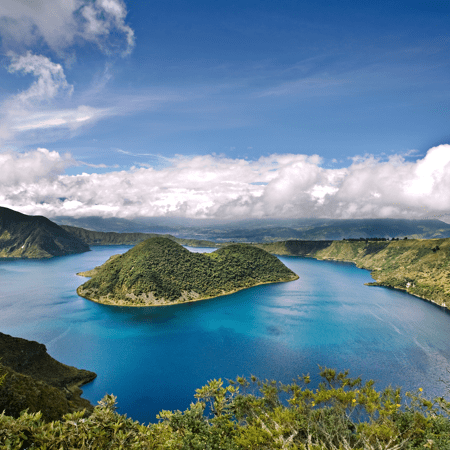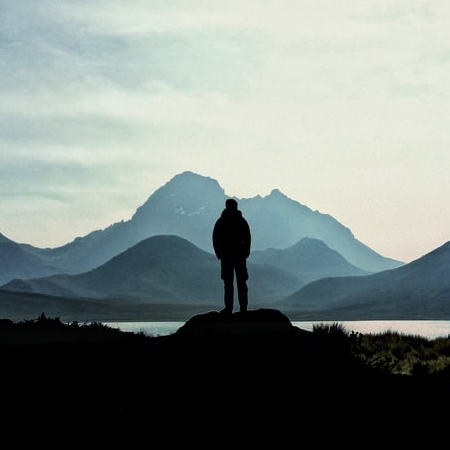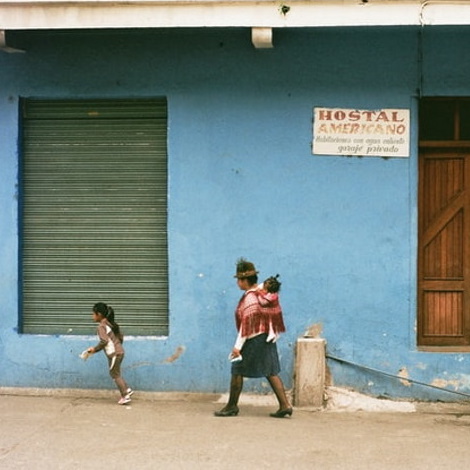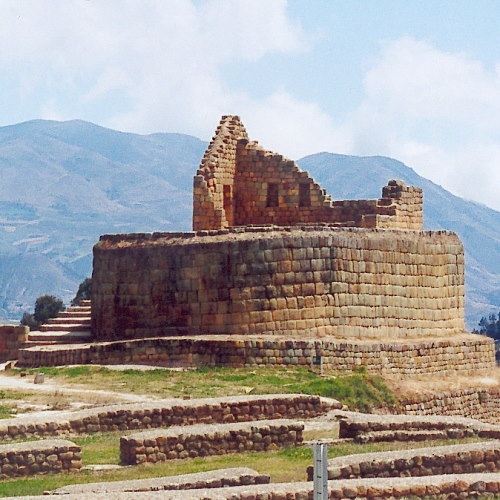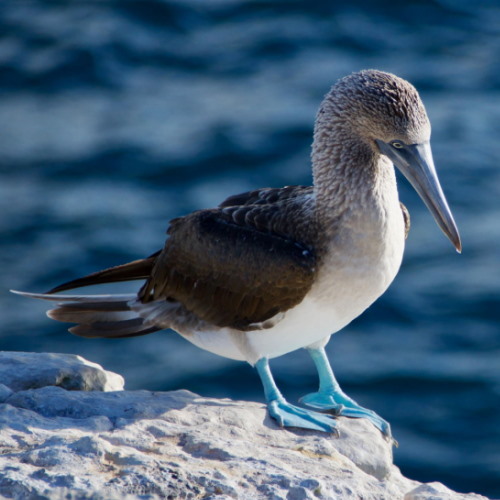A journey well traveled!
Ecuador’s culture and history mirror the diversity of its landscape. Like much of South America, Ecuadorian culture blends the influences of Spanish colonialism with the resilient traditions of pre-Columbian people. Archaeologists trace the first inhabitants as far back as 10,000 BC, when hunters and gatherers established settlements on the southern coast and in the central highlands. By 3,200 BC, three distinct agricultural-based civilizations had emerged, producing some of the hemisphere’s oldest known pottery. They developed trade routes with nearby Peru, Brazil, and Amazonian tribes. Culture continued to thrive and diversify, and by 500 BC large cities had been established along the coast. Their inhabitants had sophisticated metalworking and navigational skills and they traded with Mexico’s Maya. In 1460 AD, when the Inca ruler Tupac-Yupanqui invaded from the south, three major tribes in Ecuador were powerful enough to give him a fight: the Canari, the Quitu, and the Caras.
The Inca was a dynamic, rapidly advancing society. They originated in a pocket of Peru, but established a vast empire within a century. It dominated Peru and extended as far as Bolivia and central Chile. The Inca constructed massive, monumental cities. To communicate across their empire, they laid wide, stone-paved highways, thousands of kilometers long and sent chains of messengers along them. These mailmen passed each other records of the empire’s status, which were coded in system of knots along a rope. A winded runner could even rest in the shade of trees planted along both sides of the road. Remarkably, the Canari, Quitu, and Caras were able to hold back Tupac-Yupanqui, though they proved less successful against his son, Huayna Capac. After conquering Ecuador, Huayna Capac indoctrinated the tribes to Quechua, the language of the Incas, which is still widely spoken in Ecuador.

In celebration of his victory, Huayna Capac ordered a great city to be built at Tomebamba, near Cuenca. Its size and influence rivaled the capital of Cuzco in Peru–a rivalry that would mature with posterity. When he died in 1526, Huayna Capac divided the empire between his two sons, Atahualpa and Huascar. Atahualpa ruled the northern reaches from Tombebamba, while Huascar held court over the south from Cuzco. The split inheritance was an unconventional and fateful move, as the first Spaniards arrived in the same year. On the eve of Pizarro’s expedition into the empire, the brothers entered into a civil war for complete control.
Francisco Pizarro landed in Ecuador in 1532, accompanied by 180 fully armed men and an equally strong lust for gold. Several years earlier, Pizarro had made a peaceful visit to the coast, where he heard rumors of inland cities of incredible wealth. This time, he intended to conquer the Incas just as Hernando Cortez had crushed Mexico’s Aztecs–and he couldn’t have picked a better time. Atahualpa had only recently won the war against his brother when Pizarro arrived, and the empire was still unstable. Pizarro ambushed the ruler, forced him to collect an enormous ransom, and then executed him. Although the Incas mounted considerable resistance to Pizarro, they were soon broken.
Spanish Colonial rule lasted for almost 300 years. Quito was first assigned as an administrative dependency of the Vice-royalty of Lima, and later of that of Nueva Granada (Bogotá). The area was rich in agriculture and heavily populated, resulting in a very important center for the establishment of religious and cultural activities, as attested by the richness of the art and architecture which flourished in Quito and the rest of the towns of the country.
The 18th Century saw the decline of the Spanish Empire, and the Colonies grew increasingly restless with its rule. At the end of that century the French Revolution and the North American Independence injected new ideas about self-rule amongst South Americans. On August 10, 1809, Quito became the first Spanish Colony to declare its independence from the Crown. One year later, on August 2, the Spanish regained control and executed most of the rebel leaders. A few years later the Liberator Simón Bolívar defeated the Spaniards in Carabobo sealing the independence of Venezuela, advanced to Bogotá winning the battle of Boyacá, and further sent his troops under the command of General Antonio José de Sucre to fight the Spanish armies in Quito. The 24th of May of 1822, the battle of Pichincha settled the issue in favor of independence. A couple of months later, Bolívar entered triumphantly in Quito where he met Manuela Sáenz, the woman who was to rule his heart for the rest of his days. From Quito, Bolívar moved to Guayaquil for a historical meeting with the Liberator of the Southern Cone of South America, San Martín, on July 26, 1822. The geopolitical future of the Continent was basically decided there.
The territories of what would become Ecuador were annexed to the “Gran Colombia” a state that encompassed Venezuela, Colombia, Panama, and Ecuador. Eight years later, however, many of Bolívar’s dreams came to an early end, only a few months before his death. The “Department of the South” became Ecuador under the first Constitution signed in the city of Riobamba on September 23, 1830. General Juan José Flores, one of Bolívar’s main lieutenants, became the First President and dominated the political scene for two decades.
The political development of Ecuador during the 19th Century is marked by the same search for identity, which characterized all of Latin America after the Independence, as a result of the collapse of the Spanish political edifice and the traditions that had remained so solid for three centuries. Power struggles between Liberals and Conservatives, lack of political and legal structures, and an attempt to assimilate by trial and error the new experiences of Democracy as mirrored from North America and Europe, resulted in dozens of weak and conflicting governments. Only from 1860 to 1875, the rule of Gabriel García Moreno contrasts with the tendency: he finally managed to unite the country and set it in the path of rapid incorporation to the technological development which was characteristic of the period in the most developed countries. However, his excessively autocratic rule and the power he vested upon the Church over the liberal movements that were rapidly growing, created a strong backlash that ended not only with his assassination, but in the return, after his death, to the instability and lack of national purpose that he had so strongly fought against.
In 1895, Eloy Alfaro, a long time dissident and guerrilla warrior, finally took over the Government and started a period of drastic political, economic, legal, and social change. Alternating between constitutional rules and dictatorial practices, he introduced the country to liberal politics, carried out impressive public works, and separated the State from the Church in a move that modernized the country in many ways, but which at the same time destroyed most of the cultural, educational, and public service structures that held Ecuador together. The “liberal period” which followed for almost half a century was characterized by a myriad of party-appointed governments and military dictatorships of ephemeral duration
A most charismatic personality, José María Velasco Ibarra, began in 1935 a populist career centered on the fight for the validation of the popular wish through free elections. Elected President five times by immense popular support, he only once (from 1952 to 1956) managed to complete his mandate. Toppled each time as a result of economic and political crises he left the country only to return a few years later for landslide electoral victories. From 1948 to 1961 Ecuador enjoyed a period of democratic maturity and general stability. Since then, and until 1979, only two constitutional governments alternated with military rule.
During this period, vast reserves of petroleum were discovered in the Amazon jungle area. The face of the country was never the same again: rapid development of the physical infrastructure was accompanied by gross mismanagement of development policies. A peaceful, mostly agrarian society was rapidly urbanized, the economy became the ring of divergent political experiments, and industrial development, important as it was, never achieved expected goals.
Democracy was reinstalled in 1979 and has lasted ever since, in spite of recent institutional crises. President Jaime Roldós was elected that year, but died in a plane crash in 1981. His Vice-president, the Christian-democrat Oswaldo Hurtado, completed the period until 1984. León Febres-Cordero, a strong liberal, ruled from 1984 to 1988, and was succeeded by a social-democrat, Rodrigo Borja, for a term lasting until 1992 and characterized by high inflation rates. A conservative government, led by President Sixto Durán-Ballén managed to control the economy, but the success was jeopardized by a short but costly border war with Peru in 1995 and by relentless opposition in Congress. A hard-core populist, Abdalá Bucarám, elected in 1996 was declared unfit to govern by Congress less than a year later, while an interim President, Fabián Alarcón, was named to replace him. Another Christian-democrat, Jamil Mahuad, elected in 1998, resigned in January 2000 amidst a profound financial crisis, letting his Vice-president, Gustavo Noboa, take over within the frame of constitutional succession. In elections held at the end of 2002, Lucio Gutierrez, a former army Colonel who was involved in the uprisings of January 2000, was elected President and took over in January 2003.
In January 2007, the young, controversial, and charismatic Rafael Correa, an economist educated in Belgium and the U.S., was voted in as President. His proposal was to start a radical change in the country. To do so, he maneuvered a National Assembly into writing and approving a new Constitution based on socialist ideas. During his first term, his popularity remained high due to the social benefit programs and the number of public works initiated in his administration. On April 26, 2009, Correa was re-elected for a second term. His socialist revolution continues today, but in the midst of new challenges such as the falling price of oil, the effects of the global financial crisis, and a growing opposition to his style of government.
Despite Ecuador´s turbulent history of recent years, political turmoil has taken place without bloodshed as Ecuadorians are by nature peace-loving people and have learned to make the most of difficult situations. At the same time, native groups have gained a major role in national political events. In the last decade, municipal governments of major cities have demonstrated efficiency and creativity in the improvement of their cities and the lives of their inhabitants. Nevertheless, Ecuador continues to be a developing country with healthy annual growth in the 8% to 10% range. Although much of the wealth remains in the hands of a few and the majority of the population at the poverty level in both urban and rural areas there is a rapidly expanding middle class growing in Ecuador. In this sense, The Socialism of the XXI Century which Correa advocates are logical. Only time will tell if his dream of equality will take shape.
Buy Now and receive over $50,000 of Benefits FREE!
FREE family golf membership (initiation fee) valued at $30,000 FOUR energy-efficient home appliances
FREE solar thermal hot water
FREE reverse osmosis water treatment system
FREE 5kW solar electric system valued at $15,000
FREE outdoor kitchen (houses only)
FULL access and use of Ceibo Valley Beach Club
FULL access to all Ceibo Valley Fitness Centers
*For a limited time only, Ceibo Valley reserves the right to amend or end this promotion at any time.


